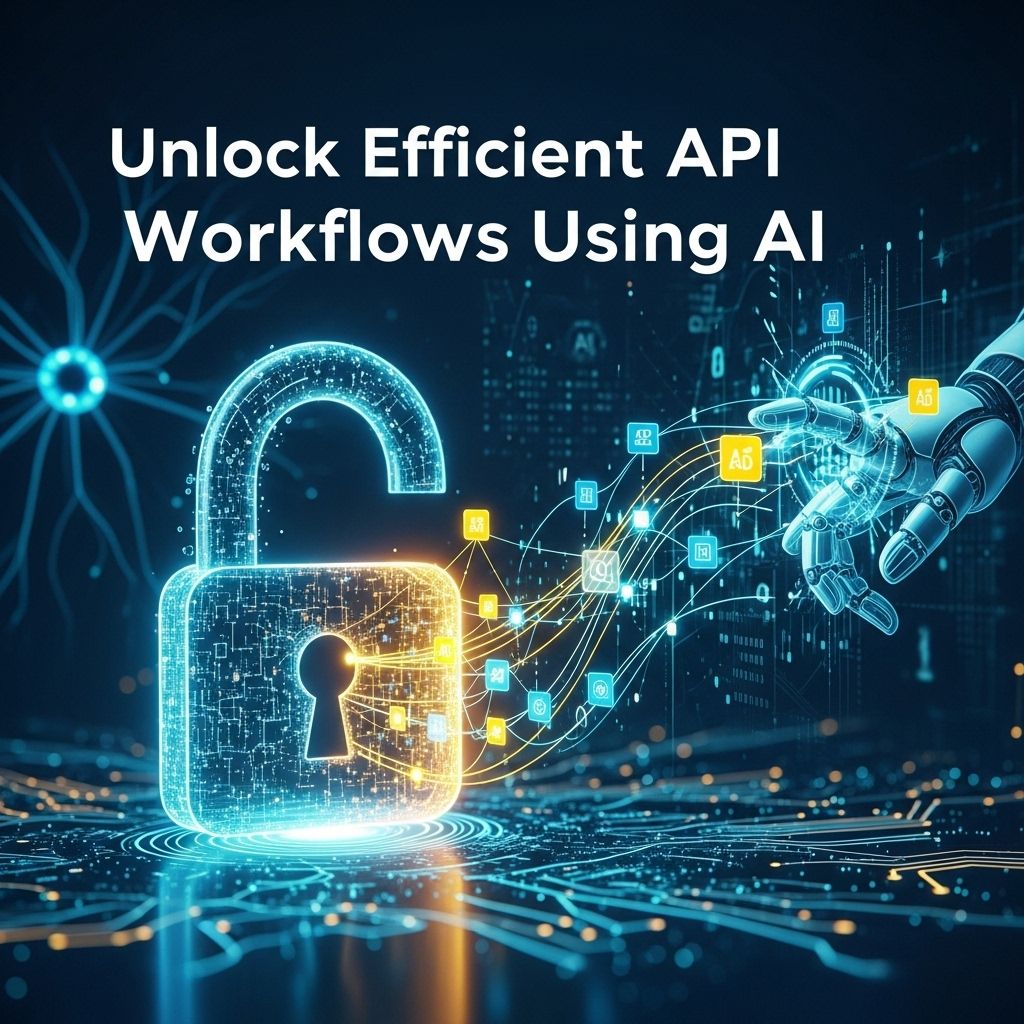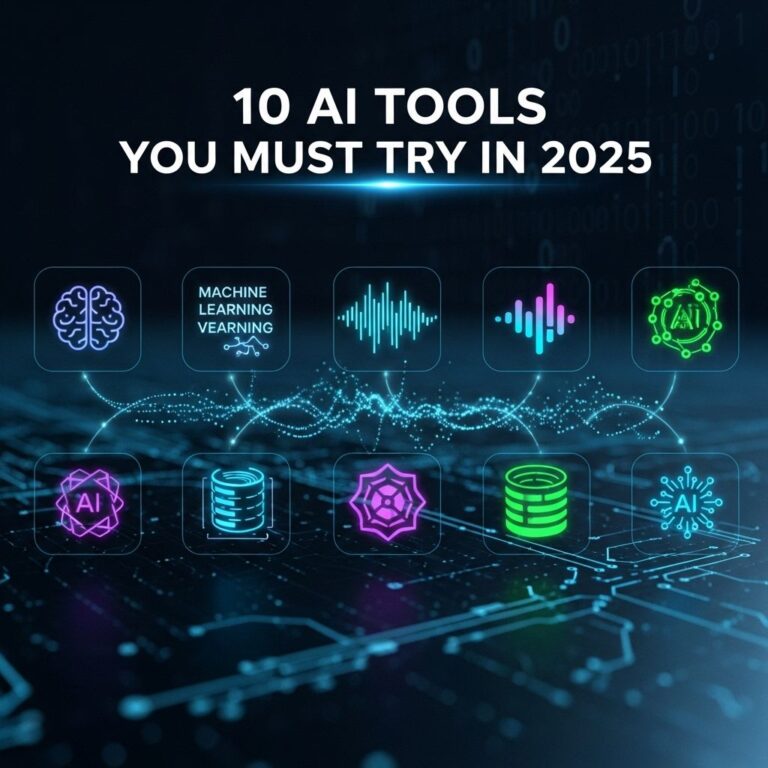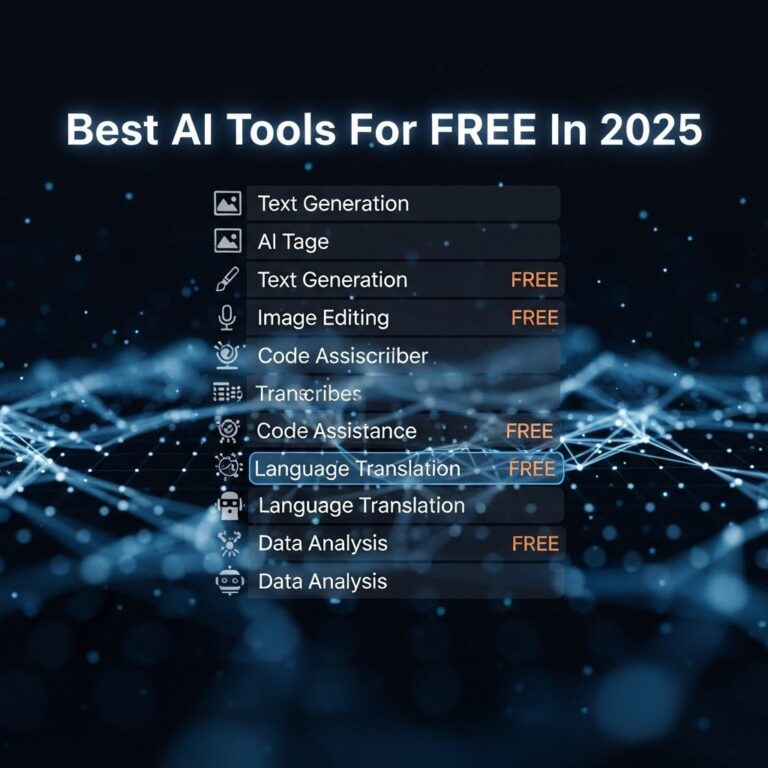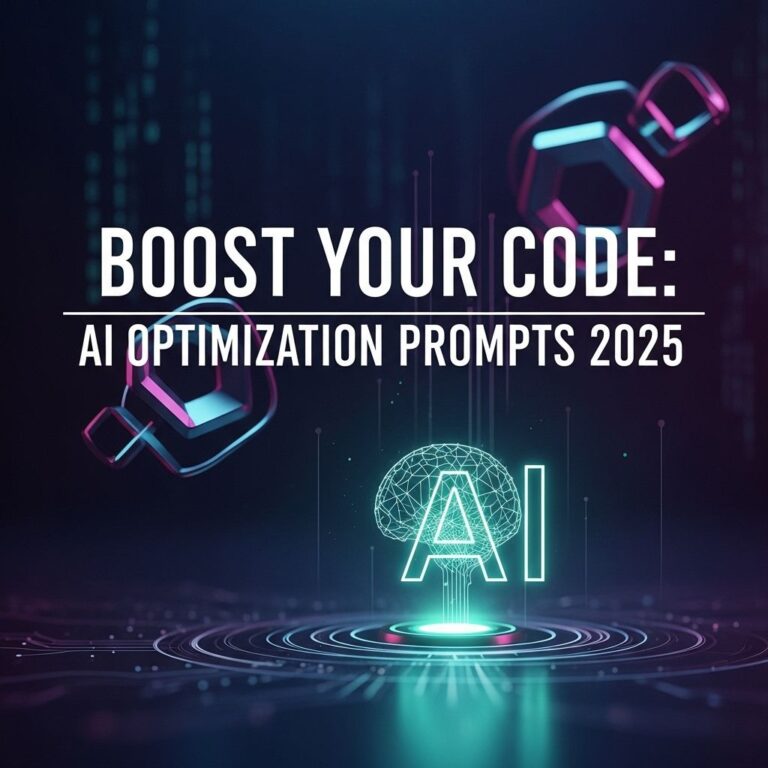In today’s digital landscape, the reliance on Application Programming Interfaces (APIs) has exploded. They serve as crucial conduits for data communication and integration between various software applications. As businesses attempt to streamline their operations and enhance user experiences, the integration of Artificial Intelligence (AI) into API workflows presents an exciting frontier. This article delves into how AI can optimize API workflows, enabling organizations to improve efficiency, accuracy, and innovation.
Table of Contents
Understanding API Workflows
API workflows refer to the sequence of operations and processes that occur when an API is called. These workflows can be simple or complex, depending on the nature of the application and the services it requires. Key components of API workflows include:
- Request Handling: The initial step where a request is made to an API.
- Data Processing: How the API processes the received data or request.
- Response Generation: The API’s return of data back to the requester.
Every element in this workflow can significantly impact the overall performance and user satisfaction.
The Role of AI in Enhancing API Workflows
Integrating AI into API workflows can lead to numerous benefits. Here are several of the ways AI can enhance these operations:
1. Intelligent Request Routing
AI can analyze incoming API requests and intelligently route them to the most appropriate services or endpoints, based on historical data and patterns. This can help in:
- Optimizing Performance: Ensuring that requests are handled quickly and efficiently.
- Load Balancing: Distributing the load evenly across servers to prevent bottlenecks.
2. Dynamic Response Generation
With AI, APIs can provide dynamic responses tailored to the specifics of the request. This can be achieved through:
- Natural Language Processing (NLP): Allowing APIs to understand and respond to user queries in natural language.
- Machine Learning: Predicting the type of response a user requires based on previous interactions.
3. Enhanced Data Validation
Data integrity is crucial for any workflow; AI can help enhance validation processes by:
- Real-Time Analytics: Monitoring and validating incoming data against expected parameters.
- Anomaly Detection: Identifying strange patterns or potential errors in data before processing.
4. Automated Error Handling
Instead of relying solely on manual intervention, AI can assist in:
- Identifying Errors: Using historical data to learn common error patterns.
- Proposing Fixes: Suggesting potential fixes or workarounds based on past resolutions.
5. Performance Monitoring and Optimization
AI tools can continuously monitor API performance metrics and suggest optimizations. Key areas to observe include:
| Metric | Description |
|---|---|
| Response Time | The time taken to complete a request. |
| Error Rate | The percentage of failed requests. |
| Throughput | The number of requests processed per unit of time. |
By analyzing these metrics, AI can provide actionable insights, helping teams make informed decisions for improvements.
Implementing AI-Driven API Workflows
Implementing AI into API workflows requires a thoughtful approach. Here are steps to ensure a successful integration:
1. Identify Pain Points
Begin by identifying the specific challenges faced in current API workflows. Common issues may include:
- Slow response times
- High error rates
- Poor user satisfaction levels
2. Define Clear Objectives
Once pain points are identified, set clear objectives for what you want to achieve with AI integration. Objectives may include:
- Reducing average response time by 50%
- Minimizing error rates to below 1%
- Increasing user engagement by providing more personalized responses
3. Choose the Right Tools and Technologies
Select appropriate AI technologies that align with your objectives. Considerations might include:
- Machine Learning frameworks (e.g., TensorFlow, PyTorch)
- NLP libraries (e.g., SpaCy, NLTK)
- API management tools (e.g., Apigee, Postman)
4. Develop and Train Models
With the right tools in place, start developing and training AI models tailored to your API’s requirements. Key steps involved include:
- Gathering historical data for training
- Testing various models for accuracy and efficiency
- Iterating based on feedback and performance
5. Continuous Monitoring and Iteration
Post-implementation, continuously monitor the effectiveness of AI-driven workflows. This includes analyzing the performance metrics identified earlier and making iterative improvements to the models and processes.
Conclusion
Integrating AI into API workflows is not merely a trend but a transformational shift that promises enhanced efficiency, user experience, and operational agility. As organizations grow increasingly dependent on APIs, leveraging AI to refine these workflows will set leaders apart in a competitive marketplace. By understanding the intricacies of API workflows and harnessing AI capabilities, businesses can unlock new potentials and drive innovation forward.
FAQ
What are the benefits of using AI in API workflows?
AI can enhance API workflows by automating processes, improving data accuracy, and enabling predictive analytics, leading to increased efficiency and reduced operational costs.
How can AI streamline API integration?
AI can streamline API integration by automating data mapping, optimizing endpoint management, and providing intelligent error handling, which reduces manual intervention and speeds up the integration process.
What types of AI technologies are used in API workflows?
Common AI technologies used in API workflows include machine learning for predictive analytics, natural language processing for improved communication, and automation tools for task execution.
Can AI help in monitoring API performance?
Yes, AI can monitor API performance by analyzing usage patterns, identifying anomalies, and providing real-time insights to help organizations optimize their API operations.
What are some challenges of integrating AI with APIs?
Challenges of integrating AI with APIs include data quality issues, the complexity of AI models, and the need for continuous training and maintenance to ensure optimal performance.
How can businesses get started with AI-enhanced API workflows?
Businesses can start by identifying key processes that can benefit from AI, selecting the right tools and technologies, and gradually implementing AI solutions while monitoring their impact on workflow efficiency.









